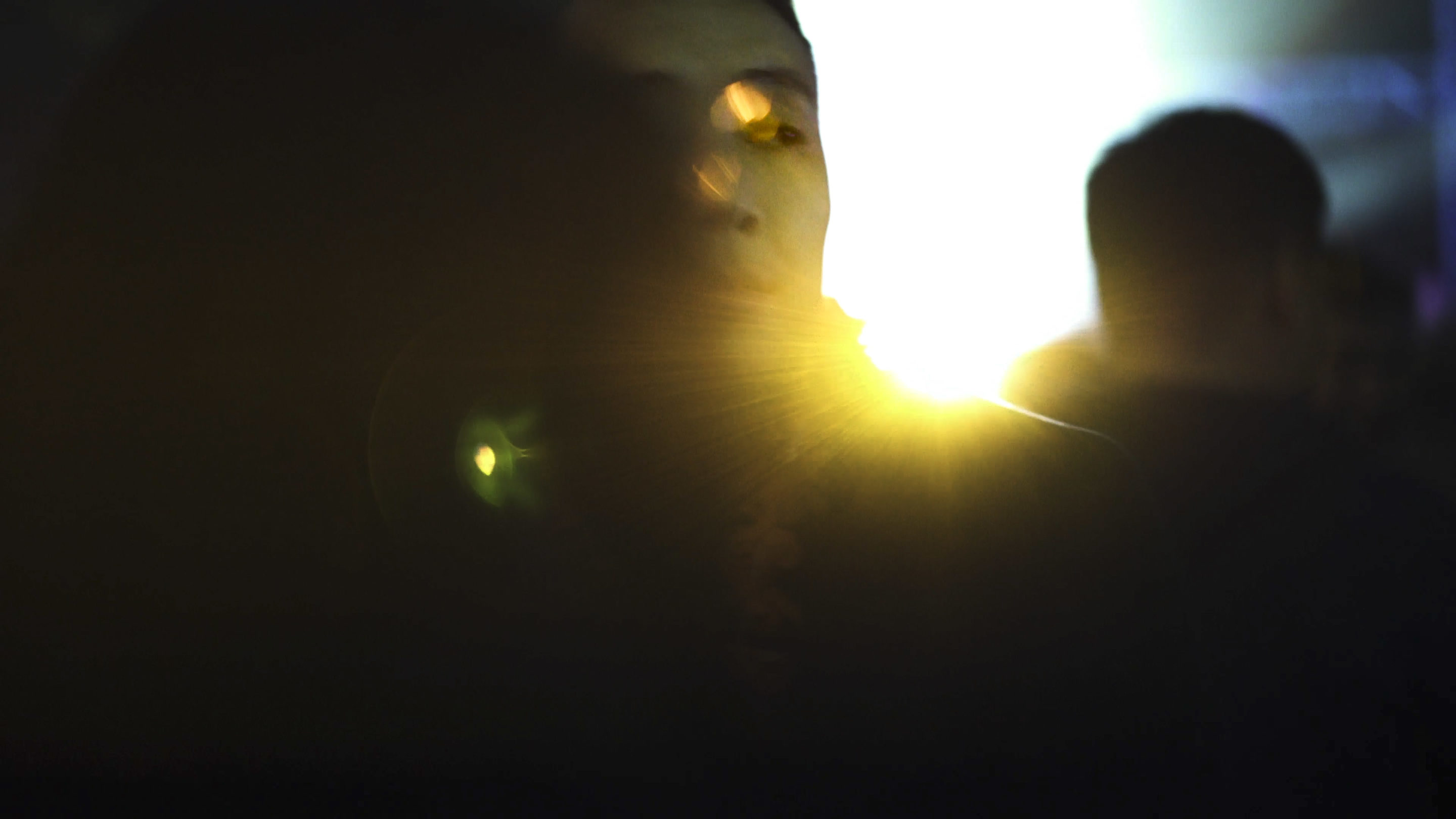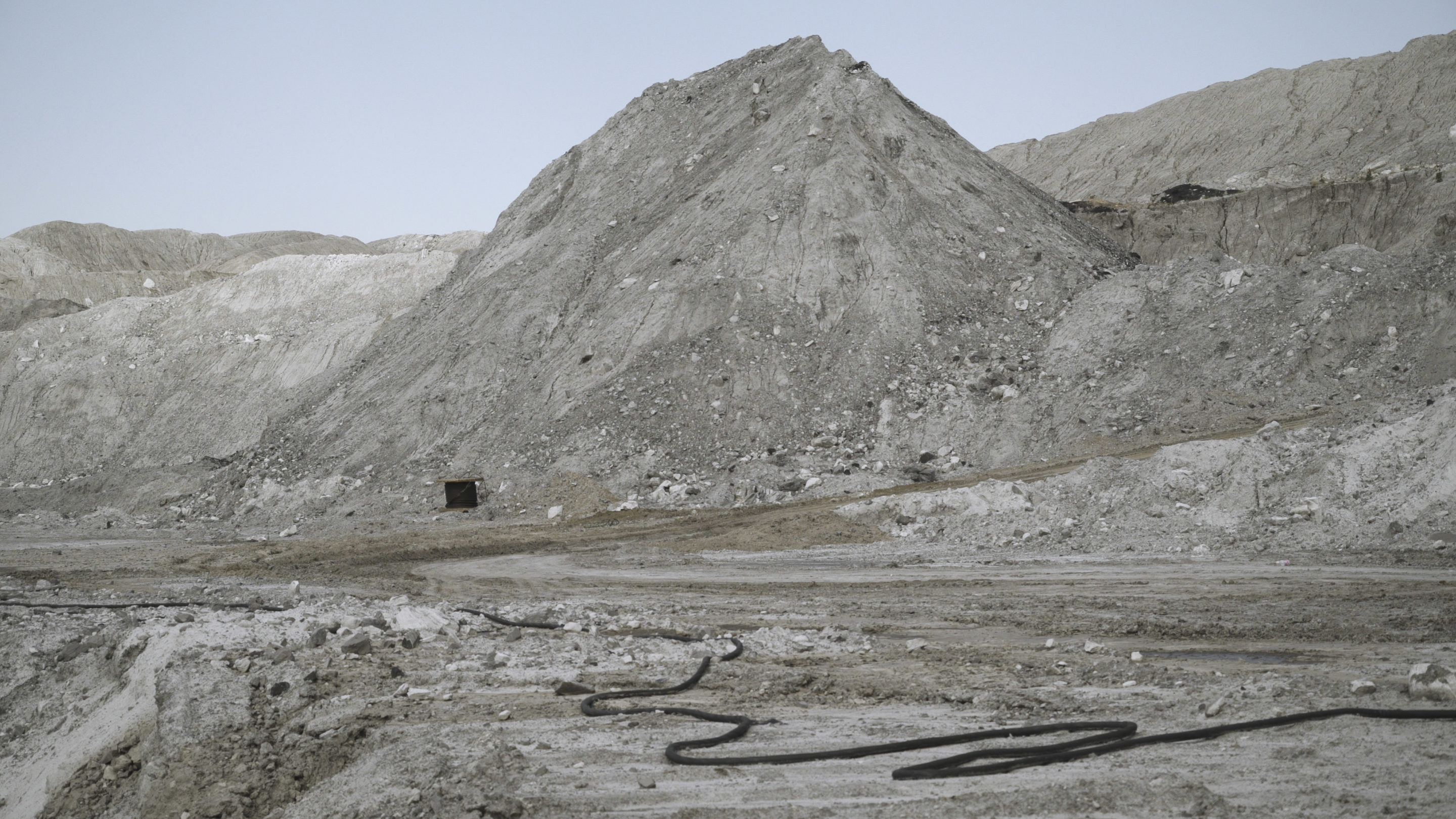single channel HD video, 2021, 14 min.
- –
- 2021, World Premiere at RENCONTRES INTERNATIONALES PARIS/BERLIN Live streaming from Louvre auditorium, Paris (FR)
- –
- 2022, PROYECTOR, Plataforma de Videoarte, Madrid (ES)
- 2022, ETHNOCINECA, International Documentary Film Festival Vienna (AT)
- 2022, Breedbeeld Film Festival, guest program curated by film magazine Fantômas (BE)
- 2022, Braziers International Film festival, Ipsden (UK)
- 2022, The First Persian Independant Experimental Short Film Festival, Tehran (IR)
- 2021, Swedenborg Film Festival, London (UK)
- 2021, Festival internacional Signos da Noite, Lisboa (PO)
- 2021, Kinemastik International Short Film Festival (MA)
- 2021, Hummingbird Film Festival (ID)
- 2021, International Moving Film Festival, Khouzestan (IR)
- 2021, ISFFC International Short Film Festival Canton (CH)
- 2021, ANTIMATTER [Media Art], Victoria (CA)
- 2021, TRANÅS AT THE FRINGE International Screening of Experimental Films, Tranas (SE)
- 2021, Rencontres Internationales Paris/Berlin, Haus der Kulturen der Welt, Berlin (DE)
- 2021, Festival International Signes de Nuit, Paris (FR)
- 2021, DOBRA – Int’l Experimental Film Festival, Rio de Janeiro (BR)
- 2021, FICBUEU Experimental Competition, Bueu, Pontevedra (ES)
- 2021, CROSSROADS film festival, San Francisco Cinematheque (US)
- 2021, Asolo Art Film Festival, Asolo (IT)
- 2021, Internationale Festival Zeichen der Nacht (Signes de Nuit), Berlin (DE)
- 2021, Festival ECRÃ, Rio de Janeiro (BR)
- 2021, International Festival Signs of the Night (Signes de Nuit), Bangkok (TH)
- 2021, Split Videoart Festival, Split (HR)
- 2021, Underneath the Floorboards, Media Art/ Experimental Film, London (UK)
- 2021, winner SIGNS AWARD Festival internazionale Segni della Notte, Urbino (IT)
- 2021, Festival internazionale Segni della Notte, Urbino (IT)
- 2021, World premiere at RENCONTRES INTERNATIONALES PARIS/BERLIN Live streaming from Louvre auditorium Program “The machine man and ecstasy”
- –
- Awards
- 2021, winner SIGNS AWARD, Festival internazionale Segni della Notte, Urbino (IT)
- 2021, winner Best Video Art, Hummingbird Film Festival (ID)
- –
Thanks to the rise of mining, post-communist Mongolia was the fastest growing economy in the world in 2012. However, the poor were not profiting from the booming industry, and climate change plus overgrazing were leading to vast desertification. According to Mongolian shamanistic belief, the earth and sky are connected. Violation of nature by men provokes the anger of the ruling spirits or the ‘masters of the land’ and – according to their faith – leads to drought and pestilence.
Masters of the Land achieves maximum expressiveness with minimal means. In a humble, somewhat distant way, Jan Locus interweaves texts about the rich spiritual Mongol tradition with a visual portrait of the country and its contemporary activities. Like the binding role of the shamans, Masters of the Land refers to the connection between life on earth and the spirits of the sky, earth and mountains. How does the population relate to its ancestors when desires threaten to upset the cosmic balance?
The film opens with images shot in Baganuur and Nalaikh, once the largest coal mines in Mongolia, located in the capital’s industrial districts. Fixed camera images of workers in the shadow of gigantic machines alternate with desolate landscapes and downtown Ulaanbaatar by day and by night. Intermediate texts cut the medium long shots.
The first excerpt originates from the Hungarian poet Ferenc Juhasz. In 1957, under the influence of LSD, he experienced the painful initiation of a shaman. This resembles a near-death experience that provides vital information to help others in the future, for example the sick. The second excerpt comes from a song by the shamaness Kyrgys Khurak. It deals with the evocation of lurking greed and inequality that might destroy nature – an aspect that implicitly refers to the climate crisis.
Yves De Mey co-designed the soundtrack of Masters of the Land. Skipping between threatening electronics and naturalism (ambient and environmental sounds) his music increasingly swells into rhythmic textures. Here Masters of the Land swings into imagery of frenzied young people dancing at a rave in Ulaanbaatar. The previous blackouts shift into whiteouts. The hypnotic images and the hallucinatory lighting effects not only refer symbolically to the trance of the shaman, but are sure to submerge the viewer in an intoxicating finale.
(Ive Stevenheydens)

